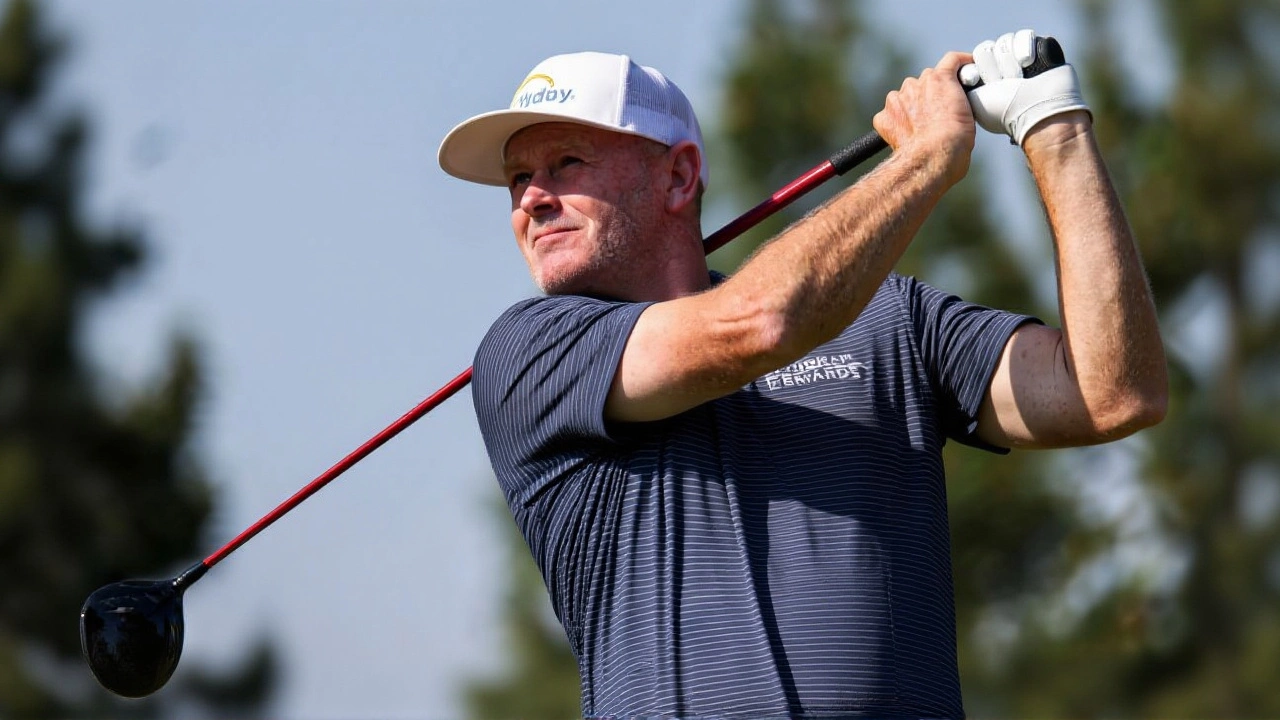Brandt Snedeker – Archery Tips, Gear, and Competition Insights
When talking about top‑level archery,
Brandt Snedeker,
an American archer known for his success in both recurve and compound events,
US Archer
instantly comes to mind. He competes in Olympic archery, the sport's most prestigious international stage and often showcases the power of a modern compound bow, a bow that uses cams and pulleys to reduce draw effort. Together, these elements illustrate how elite athletes blend skill, technology, and disciplined training.
One key takeaway from Snedeker’s career is the link between equipment and technique. The compound bow offers a let‑off that lets an archer hold the full draw weight with less strain, which in turn lets them focus on steady aim and breath control. That steadiness translates directly to higher scores in Olympic archery, where even a tiny wobble can cost points. Snedeker’s ability to switch between a recurve for classic events and a compound for modern matches shows that mastering both platforms broadens competition options.
How Snedeker Shapes Training for All Levels
Whether you’re a beginner in Manchester or an experienced shooter in Mumbai, Snedeker’s training habits provide a roadmap. He starts each session with a simple warm‑up: a few minutes of light cardio, followed by dynamic stretches for the shoulders, back, and forearms. Then he moves to target drills that emphasize repeatable anchor points and consistent release. These drills echo the advice you’ll find in posts about “How to stop the vibration in my bow hand” and “What are archery targets called,” showing that fundamental fundamentals never change.
Another important habit is video analysis. Snedeker records his shots, watches them in slow motion, and notes any inconsistencies in form. This practice ties directly to the concept of “tool feedback” – using technology (cameras, apps) to refine technique. The same principle appears in discussions about the invention of the compound bow and the mechanics behind pulleys. When you pair visual feedback with a reliable bow, improvement happens faster.
Snedeker also values community. He spends time at local clubs, shares tips, and competes in league events. That community focus mirrors the spirit of the Eccles Archery Community, where members of all skill levels gather to learn and compete. By joining a club, you gain access to certified coaches, safe range environments, and a network of archers who can help you troubleshoot gear issues—like choosing the right wood for a recurve build or navigating regulations for selling bows online.
Equipment choices matter as much as practice. Snedeker’s favorite compound models feature adjustable draw lengths and weight‑tuned cams, allowing fine‑tuning for each shoot. When you hear about “Where can I buy wood to make a Recurve Bow?” it’s a reminder that building a bow from scratch can deepen your understanding of balance and power. Even if you buy a ready‑made bow, knowing how weight distribution works helps you set up the perfect stance.
Mindset is another cornerstone of Snedeker’s success. He treats each arrow as a small decision point, focusing on breath, visualizing the target, and releasing without overthinking. This mental approach aligns with advice found in posts about “Is learning archery still a popular sport?” – the sport thrives when shooters stay relaxed and enjoy the process. A calm mind reduces hand vibration and improves consistency.
What you’ll see in the collection below reflects Snedeker’s wide‑ranging influence. From myths like “Is archery banned worldwide?” to practical guides like “Which is the best place to learn archery in Mumbai,” the articles cover questions beginners ask and challenges veterans face. They also dive into equipment history, such as the story behind the compound bow’s invention, and discuss modern issues like selling bows on social platforms.
By the time you finish reading the posts, you’ll have a clearer picture of how an elite archer like Brandt Snedeker trains, chooses gear, and stays connected to the archery community. Use those insights to sharpen your own practice, whether you’re aiming for local league points or a spot on a national team. Let’s jump into the articles and see how each piece adds to the bigger archery picture.
